A blouse, by the simplest definition, is an upper garment traditionally worn by women and resembling a shirt.
However, this basic description barely scratches the surface of the blouse’s rich history, cultural significance, and its evolution as a fashion statement.
The world of blouses is as varied as it is colorful, showcasing an eclectic mix of styles, designs, fabrics, and cultural influences.
Table of Contents
A Brief History
The term ‘blouse’ originates from the French word ‘blouse,’ which initially referred to a workman’s shirt.
Over time, the blouse transitioned from a utilitarian garment to a fashion staple in women’s wardrobes.
Its history dates back to ancient civilizations where it was worn both by men and women.
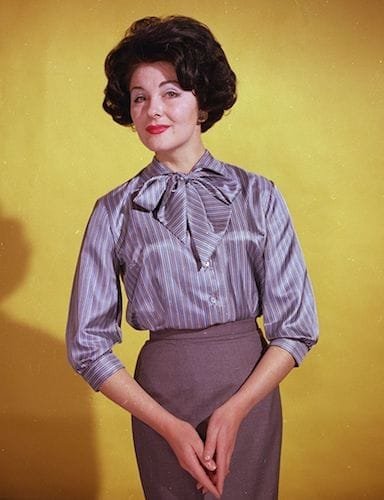
Throughout the centuries, the blouse has witnessed numerous transformations, reflecting societal changes, economic shifts, and evolving fashion trends.
From the ornate blouses of the Victorian era, which emphasized modesty and intricate detailing, to the revolutionary flapper styles of the 1920s that echoed women’s newfound freedom, blouses have told a story of time.
Cultural Significance
Across different cultures and regions, the blouse holds a special place. In India, for instance, the ‘choli’ or ‘sari blouse’ is an essential part of traditional attire.
These blouses, often crafted with rich fabrics and adorned with intricate embroidery, mirror the country’s diverse textile traditions.

Similarly, in the Philippines, the ‘baro’ (a traditional blouse) is part of the ‘baro’t saya,’ a national costume for Filipino women.
Its butterfly sleeves and delicate embroidery embody Filipino artistry and heritage.
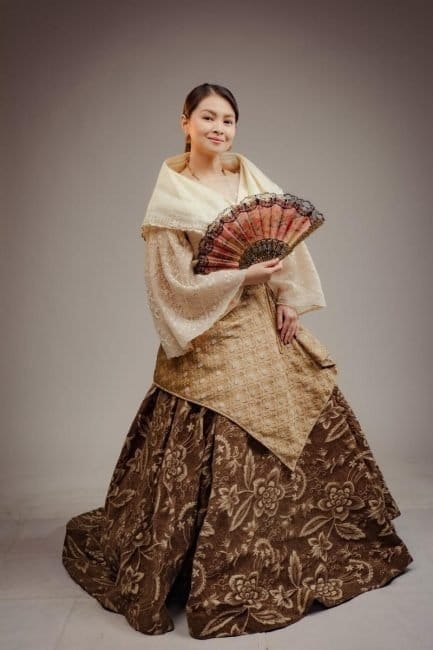
Modern Day Interpretations
As fashion evolves, so does the blouse. Contemporary designers, both high-end and street style, constantly reimagine this garment.
Whether it’s oversized silhouettes, backless designs, puff sleeves, or off-the-shoulder cuts, today’s blouses are as much about self-expression as they are about style.
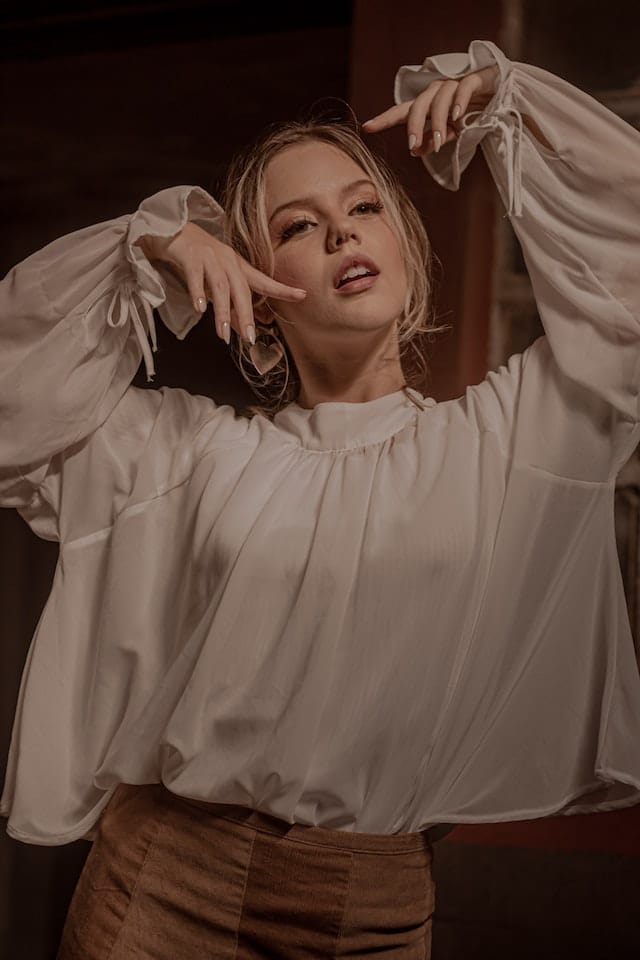
Materials, too, have expanded. Silk, cotton, and linen remain popular choices, but innovations in sustainable fabrics, synthetics, and blends have added diversity to the mix.
Moreover, the digital age has made global styles accessible, allowing for a cross-pollination of design ideas.
Styling the Blouse
The versatility of blouses means they can be dressed up or down to suit the occasion.
A classic white blouse can transition seamlessly from a formal office setting to a casual evening out.
Tucked into a pencil skirt or paired with well-fitted jeans, the combinations are endless.

For a trendy look, many people are choosing bright patterns, big sleeves, and different shapes. Necklaces, belts, and scarves also help make the blouse look even better.
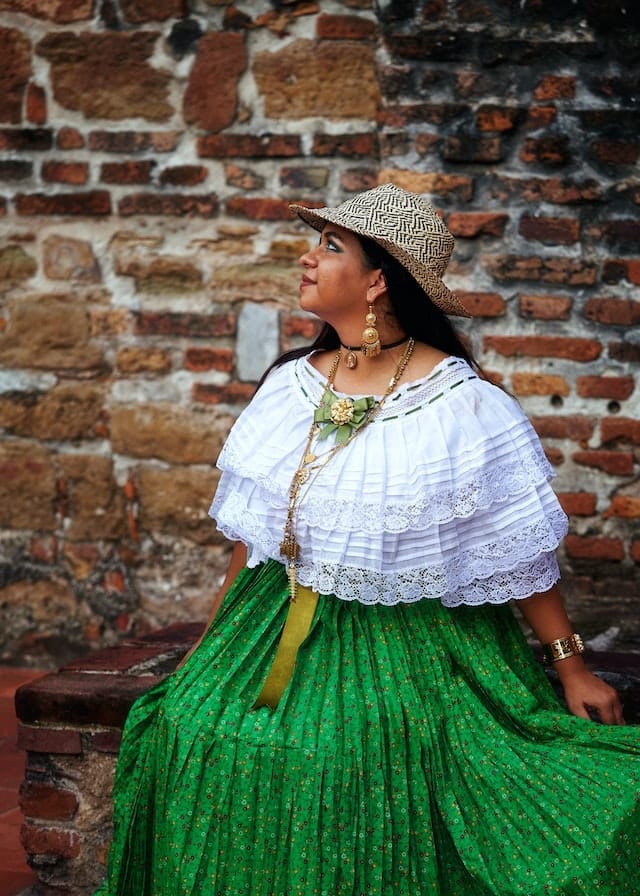
What Makes the Blouse a Symbol of Style and Tradition?
The blouse has transcended time, cultures, and fashion trends, making it a symbol of both style and tradition.
Its journey from a simple workman’s garment to an elegant fashion piece reflects the evolution of society and women’s roles.
- Historical Influence: From Victorian-era blouses with intricate lace and high necklines to the bold, liberating designs of the 1920s, blouses have mirrored societal changes.
- Cultural Significance: Different cultures have infused their unique traditions into blouse designs. Indian cholis, Filipino baro, and European lace blouses each tell a story of heritage and craftsmanship.
- Modern Adaptations: Contemporary fashion continuously reinvents the blouse, introducing bold cuts, unique sleeve designs, and innovative fabrics to keep it fresh and relevant.
This fusion of history, culture, and modern innovation makes the blouse more than just a garment—it’s a timeless representation of self-expression and identity.
Why Is the Blouse a Timeless Wardrobe Essential?
The blouse remains an indispensable part of any wardrobe due to its unmatched versatility and timeless appeal. Whether styled for work, a casual outing, or a special occasion, it effortlessly adapts to different fashion needs.
- Versatile Styling: A crisp white blouse can transition from office wear when tucked into a skirt to an evening look when paired with statement jewelry.
- Adaptable to Trends: From classic button-downs to trendy off-shoulder and oversized designs, blouses effortlessly keep up with evolving fashion.
- Variety of Fabrics: Available in silk, cotton, linen, and sustainable materials, blouses offer comfort and elegance for every season.
No matter how fashion changes, the blouse continues to be a wardrobe staple, proving that true style is timeless.
Conclusion
The blouse is not merely a piece of clothing; it’s a canvas that encapsulates tales of creativity, cultural roots, historic shifts, and personal expressions.
Every stitch, pattern, and fold has a story to tell. Over time, as trends come and go, the blouse stands resilient.

It molds itself to the changing times, absorbing new influences, yet never losing its core essence. Its adaptability is a testament to its undying relevance in the fashion realm.
Whether one chooses a blouse for its snug fit, its connection to cultural heritage, or simply as a fashion statement, it always resonates with a timeless charm.
Its enduring allure is not just about the fabric or design; it’s about the memories it holds, the traditions it represents, and the future innovations it promises.
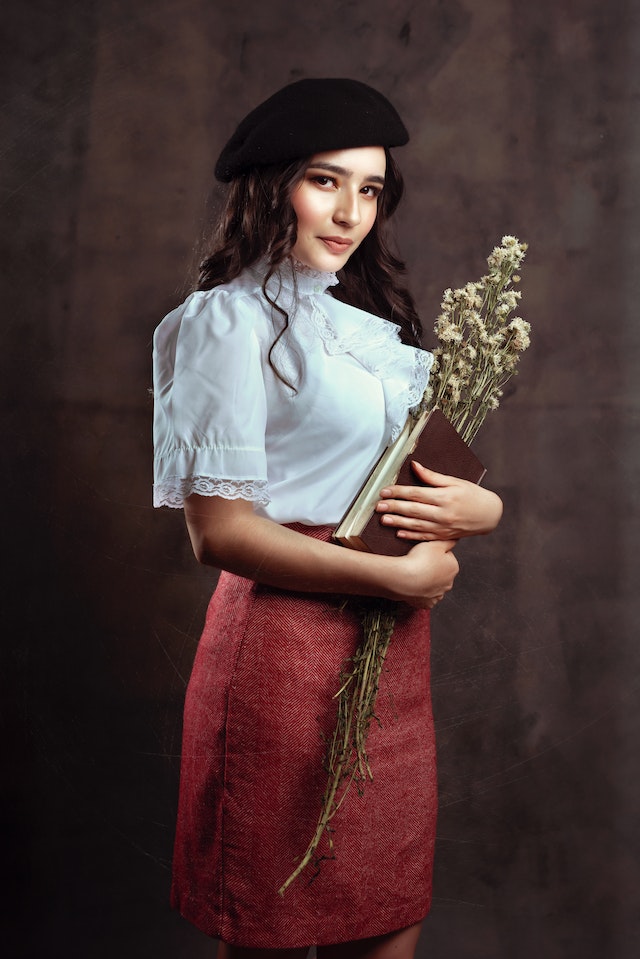







Leave a Reply